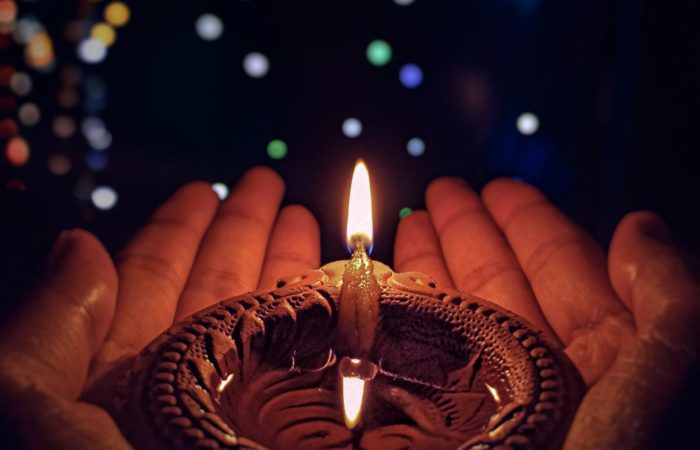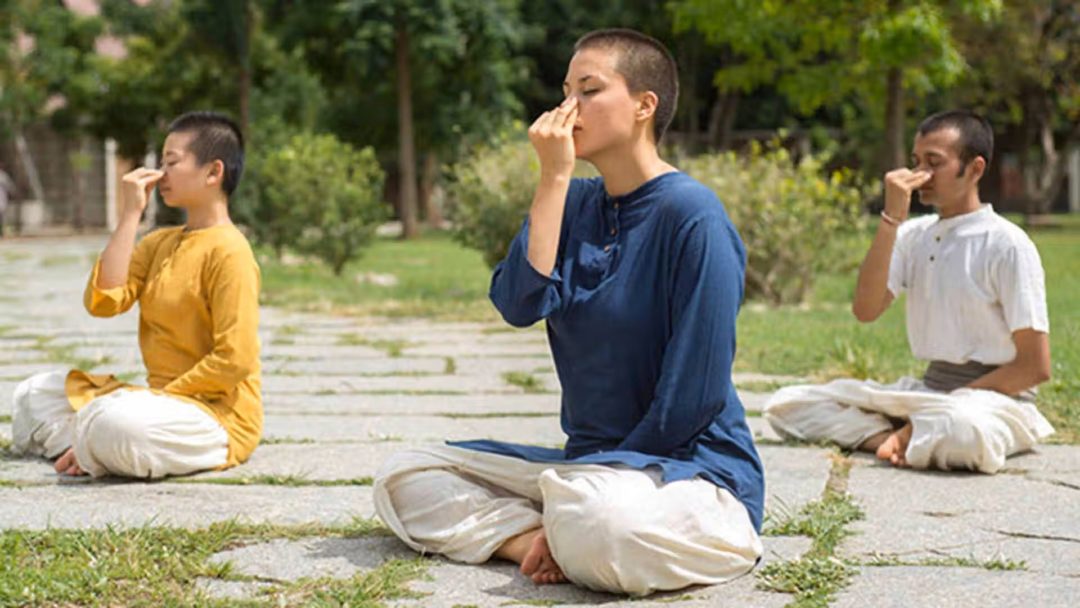
A Month of Tranquility, Spiritual Evolution, and Equilibrium
The Tamil month of Margazhi, also known as Margashirsha or Dhanur masa, holds a remarkable significance within the Indian calendar. Beginning on the 16th or 17th of December, this auspicious period invites us to transcend the mundane and embark on a spiritual quest. Although each month in the Indian calendar carries its importance, Margazhi holds a superlative status.
Are you wondering, Why? Let’s find out together in this blog.
The Importance of the Month: A Closer Look at Margashirsha’s Significance
Margazhi, Agrahayana or Margashirsha is the ninth month of the traditional Hindu calendar (mid-December to mid-January) in the Gregorian calendar.
In the words of Lord Krishna in the Bhagavad Gita, “Among the months, I am Margazhi,” highlight the special spiritual essence of this time.This was the time when Lord Shiva shows his cosmic dance as ‘Nataraja.’
Harmony in Celestial Dance
Margazhi begins when the Earth, closest to the sun, gently shifts away. This creates a gentle interplay of softened sunlight and gravity.
Also, as per astrology the nomenclature of Margasheersha draws inspiration from the Mrigshira Nakshatra, aligning the full moon’s proximity to the Orion constellation. This celestial alignment serves as a symbolic guidepost, steering individuals towards the righteous path.
Muladhara Dominance and the Art of Preservation:
Coinciding with the Earth’s closest proximity to the sun, Margazhi bestows a dominant influence of the Muladhara, or root chakra. This time of natural slowdown encourages rest and self-preservation, providing spiritual seekers with an opportunity to stabilize themselves. Margazhi cultivates inner balance, preparing individuals to embrace the forthcoming month of Thai, characterized by movement and dynamism.
Festive Reverence: Arudra Poojas and the Concept of Stability:
Margazhi unfolds with a tapestry of vibrant festivals, including the revered Arudra Poojas. The contrasting energies of Rudra, symbolizing movement and effervescence, and Arudra, epitomizing stability and inertia, weave a majestic celebration. Gita Jayanti, Mokshada Ekadashi, Kalabhairava Ashtami, and the grandeur of the Thiruvathira festival illuminate the lands of Tamil Nadu and Kerala.
Marital Practices and the Science of Conception:
Margazhi upholds age-old traditions, including a reluctance for marriages during this period. This intentional pause aligns with the understanding that the Earth’s energy is not conducive to conception. Even householders practice Brahmacharya, emphasizing the importance of aligning personal growth with the natural cycles of life.
Transition from Sadhnapada to Kaivalyapada: A moment of Culmination
Margasheersha signals the end of Dakshiyana, the southward movement of the sun, signifying the completion of the Sadhanapada or the period of diligent effort. Agrahāyaṇa, also known as the Equinox, amplifies the significance of this transition. With the onset of Uttarayana, the sun’s northward journey begins, signifying the start of Kaivalyapada, the phase for savoring the fruits of our labor.


Margasheersha marks the last sprint towards our spiritual goals, urging us to awaken early during the Brahma Muhurtam for accelerated progress.
This special month emphasizes the importance of spiritual growth and the final opportunities to manifest our aspirations.
Let’s maximize this time.
How do you observe the Margazhi month? Share your special rituals and celebrations in the comments below.





Lovely blog,I enjoyed it so much.Thanks for sharing with us.
With lots of love
Very informative, thanks for the in depth explanation!